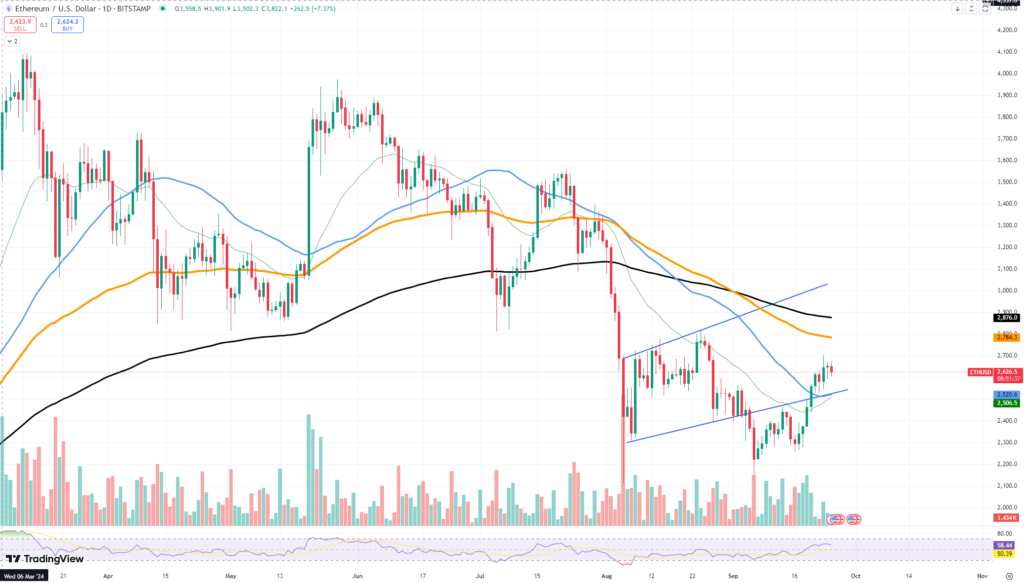
Ethereum’s burn rate has climbed by 168% in the previous week, which suggests more on-chain activity and potential price ramifications for the asset.
Ethereum’s daily burning of a significant quantity of ETH causes deflationary pressure, which is one of the key variables influencing price performance.
Over the past seven days, 12,250 ETH have been burned and 6,098 ETH have been introduced to the system, resulting in a major shift in the supply and demand of Ethereum. One of the primary reasons for the increase in burn rate is the growing Ethereum network utilisation. Decentralised banking, NFTs, and other applications are thriving on the Ethereum network because of the gas prices attached to each transaction, which contribute to the ETH burning process.

Increased network activity leads to a decrease in the overall quantity of the asset in circulation while simultaneously increasing the number of ETH consumed. Ethereum’s inflation must be controlled via this approach.
Historically, rises in Ethereum’s burn rate have preceded significant price surges. We may observe by looking at previous such surges in January and October 2023 that the price of ETH rose favourably after notable increases in the daily burn rate. Generally speaking, a decline in supply together with steady or rising demand has been the catalyst for the rising price trend. At $2,617, Ethereum’s price is now exhibiting indications of recovery and approaching important resistance levels.
This trend appears to be repeating itself. Even with this positive forecast, it is important to monitor the burn rate in addition to other factors like network activity and overall market attitude. While it doesn’t guarantee sustained price growth, a high burn rate is a good indicator of Ethereum’s current value and network demand.


















